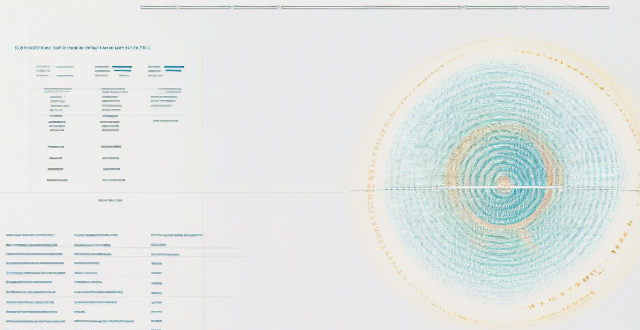Climate model predictions are vital for guiding sustainable development goals (SDGs) by providing insights into future climate conditions. They help project future climate scenarios, assess risks and vulnerabilities, support policy decisions, promote cross-sectoral collaboration, and enhance public awareness. By using these predictions, policymakers can make informed decisions that promote sustainability and resilience, contributing to the achievement of the United Nations' 2030 Agenda for Sustainable Development.

How Do Climate Model Predictions Inform Sustainable Development Goals?
Introduction
Climate model predictions play a crucial role in guiding the development and implementation of sustainable development goals (SDGs). These predictions provide valuable insights into future climate conditions, allowing policymakers to make informed decisions that promote sustainability and resilience.
Key Points
1. Projecting Future Climate Scenarios
Climate models are used to project future climate scenarios based on different greenhouse gas emission pathways. These projections help identify potential impacts on natural resources, ecosystems, and human societies. By understanding these impacts, policymakers can develop strategies to mitigate and adapt to changing climate conditions.
2. Assessing Risks and Vulnerabilities
Climate model predictions enable the assessment of risks and vulnerabilities associated with climate change. This information is essential for identifying priority areas where action is needed to achieve SDGs related to climate action, disaster risk reduction, and sustainable cities and communities.
3. Supporting Policy Decisions
Climate model predictions support policy decisions by providing scientific evidence for the need to act on climate change. This evidence helps justify investments in renewable energy, energy efficiency, and other sustainable technologies that contribute to achieving SDGs related to clean energy, sustainable industries, and innovation.
4. Promoting Cross-Sectoral Collaboration
Climate model predictions highlight the interconnectedness of various sectors affected by climate change, such as agriculture, health, and water resources. This awareness fosters cross-sectoral collaboration between different stakeholders, leading to integrated approaches that address multiple SDGs simultaneously.
5. Enhancing Public Awareness and Education
Climate model predictions raise public awareness about the urgency of addressing climate change and its implications for sustainable development. This increased awareness encourages individuals and communities to adopt sustainable practices and support policies that align with SDGs.
Conclusion
In conclusion, climate model predictions serve as a critical tool for informing sustainable development goals by providing valuable insights into future climate conditions and their potential impacts on natural resources, ecosystems, and human societies. By leveraging these predictions, policymakers can make informed decisions that promote sustainability, resilience, and cross-sectoral collaboration, ultimately contributing to the achievement of the United Nations' 2030 Agenda for Sustainable Development.